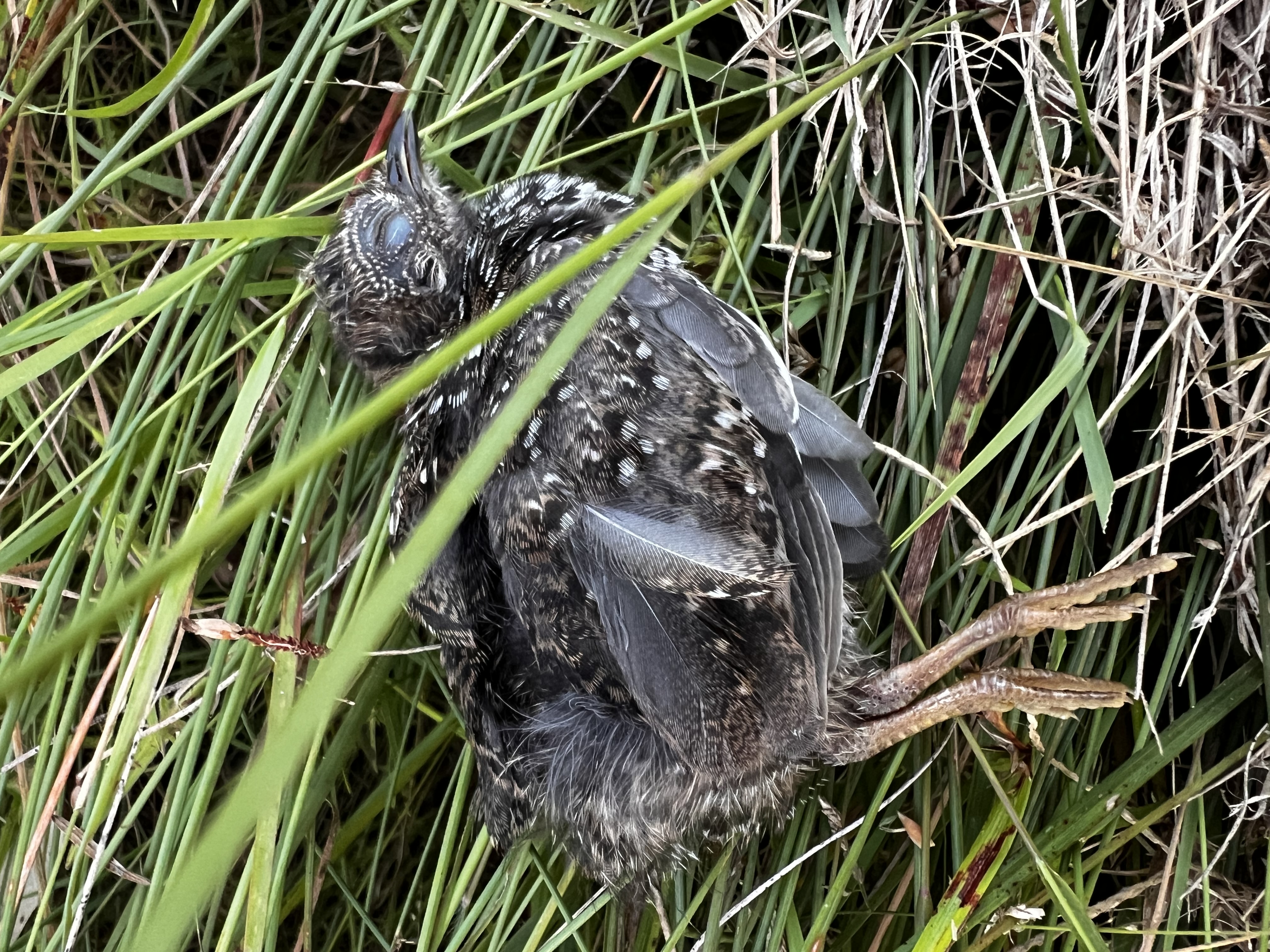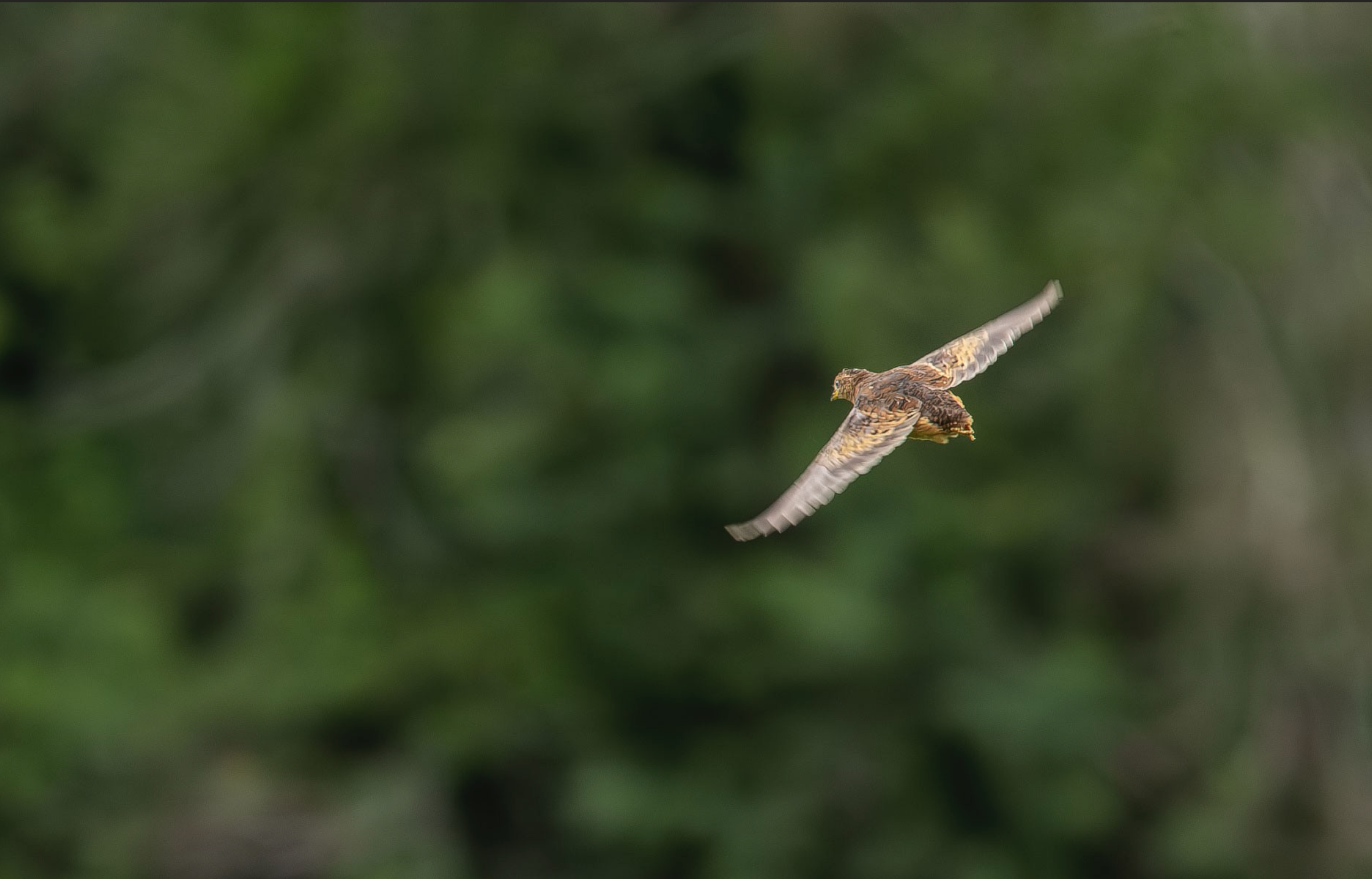Intelligence is not something to test – but rather to recognise ..
The Quail Turn: A Project Pivot
EXCITINGLY in late April a rare Red backed button quail (Turnix maculosus) had been sighted by the SERF bird group/Peter Storer. These birds are rarely seen and poorly studied – being agents of disguise within their preferred wet grassland environments – with a call that is a soft repeated ‘oom-oom-oom-oom’ and with the end of each note ascending in pitch. They are most often seen breaking wildly for cover when disturbed and flying elsewhere in the grassland. They are listed as vulnerable (to extinction in NSW), although not in Qld. The itinerant ones are thought to arrive Oct/Nov and likely leave for the North late Feb/March – but this year’s wet hot season has likely kept them longer. (It is likely that the birds had in this case left end of April – pre the slashing season at SERF which is later than normal).

By chance I met Peter Storer in the paddock with his binoculars looking for the quail in late April using call sounds – as I was working late in the afternoon on setting up key sites. During that time at dusk, when they are noted to be active. At that time I spotted a dead juvenile red backed button quail at the edge of the long grass – indicating breeding had happened (they build nests in shallow depressions in the grasses) .. suggesting that great care should be taken entering any of the artwork’s long grassed areas esp. during nesting season.

Given that the site has been in essence maintained as a grassland by slashing for decades – and that this had attracted a rare find – this raised questions as to whether regenerating the previously burnt gulley/regeneration area with trees, or indeed premature slashing of other parts of the property, may drive them away/destroy their nests/cause them to not stop in the area in the future?
Clearly this finding presaged a project turning point of some kind that would require consultation across a number of groups and the science team. It seemed that the idea of ‘active’ and ‘passive’ areas may now need to change. And that eerie, profound, quail ‘oom-oom-oom-oom’ – it may well resonate across the future artwork ..

Other sightings of the red backed button on e-Bird
FYI .. other birds know to be at the site (ref. Peter Storer) were the Brown Quail (Coturnix ypsilophora) which is quite common and likely resident, the Golden-headed Cisticola (Cisticola exilis), Tawny Grassbird (Cincloramphus timoriensis), and Sacred Kingfisher (Todiramphus sanctus).